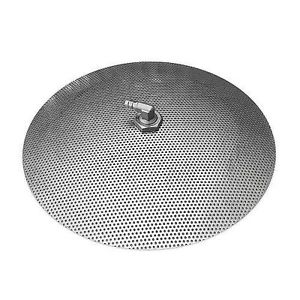MrBlackrock
Well-Known Member
- Joined
- Apr 26, 2017
- Messages
- 83
- Reaction score
- 13
So, i have been having a hard time hitting my numbers on mash. I constantly am about 15 points under.
I use a 10 gal Igloo Tun with a False bottom and a bazooka. The false bottom sits over the valve and bazooka. It also prevents 5L of water to touch the grain, wich is added to beersmith.
I also lose about 2.5L of worth under the valve, also in beersmith.
It seems that all these losses have a major impact since it substracts from my fly sparging water.
As example, i brewed a SMaSH today.
for 21L (5.5 gals in ballpark)
I had 21L of Mash water and 16.5 of Fly Sparging (2.6 water/grain ratio).
My Mash gravity ended up at 1.042 (estimation of 1.049)
Aint the end of the world, but on my bigger beers its drastic, example
-Double IPA: 1.056 vs 1.066
-Imperial Stout: 1.060 vs 1.089 (ouch)
SO, anyone had similar issues and managed to fix ??
I use a barley crusher currently set to .40 (roughly)
Water PH is around 7.0 (Our water is pretty good off the tap)
Fly sparging at about 1L per mins both from the Hot Liquor Tank and Lautering.
I use a 10 gal Igloo Tun with a False bottom and a bazooka. The false bottom sits over the valve and bazooka. It also prevents 5L of water to touch the grain, wich is added to beersmith.
I also lose about 2.5L of worth under the valve, also in beersmith.
It seems that all these losses have a major impact since it substracts from my fly sparging water.
As example, i brewed a SMaSH today.
for 21L (5.5 gals in ballpark)
I had 21L of Mash water and 16.5 of Fly Sparging (2.6 water/grain ratio).
My Mash gravity ended up at 1.042 (estimation of 1.049)
Aint the end of the world, but on my bigger beers its drastic, example
-Double IPA: 1.056 vs 1.066
-Imperial Stout: 1.060 vs 1.089 (ouch)
SO, anyone had similar issues and managed to fix ??
I use a barley crusher currently set to .40 (roughly)
Water PH is around 7.0 (Our water is pretty good off the tap)
Fly sparging at about 1L per mins both from the Hot Liquor Tank and Lautering.













































![Craft A Brew - Safale BE-256 Yeast - Fermentis - Belgian Ale Dry Yeast - For Belgian & Strong Ales - Ingredients for Home Brewing - Beer Making Supplies - [3 Pack]](https://m.media-amazon.com/images/I/51bcKEwQmWL._SL500_.jpg)













